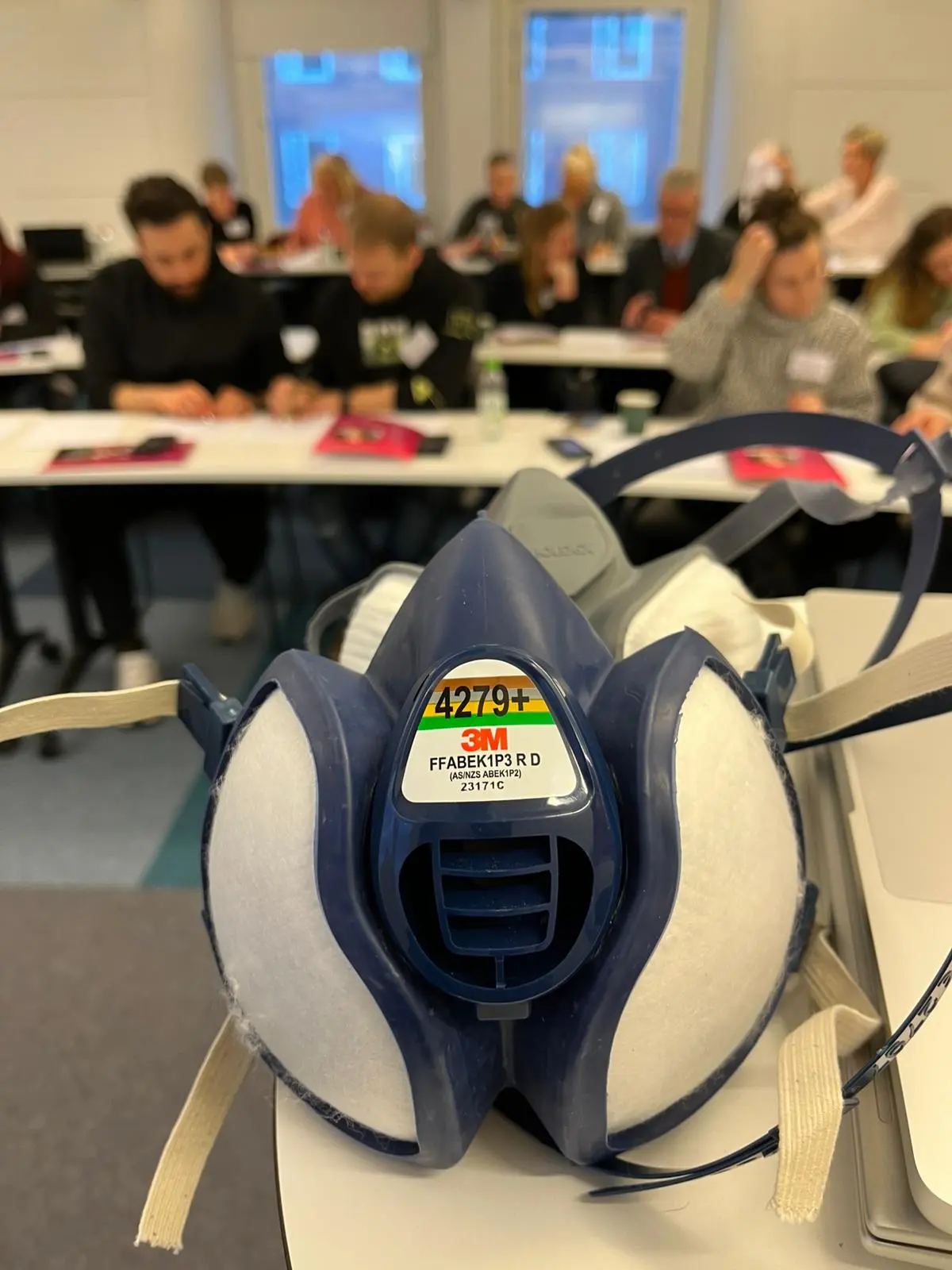Yesterday, Minister for the Environment and Water Tanya Plibersek released the Government’s . Australian Wildlife Conservancy (AWC) welcomes the increase in ambition to protect priority species and places, and the announcement of four 10-year objectives to:
- reduce the risk of extinction for all priority species
- improve the condition of all priority places
- prevent new extinctions of plants and animals
- protect and conserve at least 30% of Australia’s land mass, in line with the global movement towards 30% by 2030..
Australia’s unique animals, plants and ecosystems are at risk. Urgent action is needed to address this biodiversity crisis, and we are heartened by the Government’s acknowledgement of the shortcomings of previous approaches and commitment to new, ambitious conservation targets.
 Jane Palmer
Jane PalmerA few key points from the new plan stood out and align with the work AWC is already carrying out in this space.
A commitment to no new extinctions: AWC’s mission is the effective conservation of all Australian animal species and the habitats in which they live.
Target of increasing the area managed for conservation by 50 million hectares by 2027: We welcome the plan to protect an additional 50 million hectares and reiterate that simply nominating an area as protected is inadequate. Effective conservation requires active management, including removing feral predators, restoring healthy fire regimes, removing invasive weeds and monitoring and reporting on the success of these programs.
 Brad Leue/AWC
Brad Leue/AWCA list of 110 priority species compiled independently by scientists: AWC’s effective, science-led conservation program protects 30% of the vertebrate species on this list, including the, , , , , and .
A list of 20 priority places: This new approach recognises the natural and cultural importance of habitats and ecosystems. The priority places include Kangaroo Island (AWC works in collaboration with Land for Wildlife at ), WA Wheatbelt Woodlands (AWC manages ), Yampi Sound (AWC works at in partnership with the Department of Defence and Dambimangari Aboriginal Corporation), and Mallee Birds Ecological Community (AWC manages and Wildlife Sanctuaries and works in partnership with the NSW Government at ).
 Ian Bool
Ian BoolThe 22 targets under the first five-year plan are ambitious, and the priorities have been established based on good science. However, we note that there is yet to be any announcement of new funding beyond the $224.5 million pledged in September. Conserving biodiversity is a global issue and the urgent response requires governments, First Nations people, pastoralists, private conservation groups and everyday citizens to work together. Private conservation and public-private partnership need to be encouraged and the delivery of better outcomes for biodiversity incentivised.
 Brad Leue/AWC
Brad Leue/AWCThe challenges facing wildlife, habitats and conservation are immense. It is encouraging to see renewed commitment from governments to fight the biodiversity crisis and that AWC is already working to protect priority species and places identified by independent scientists.






